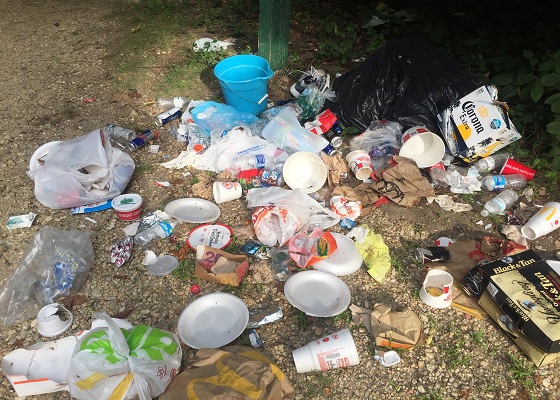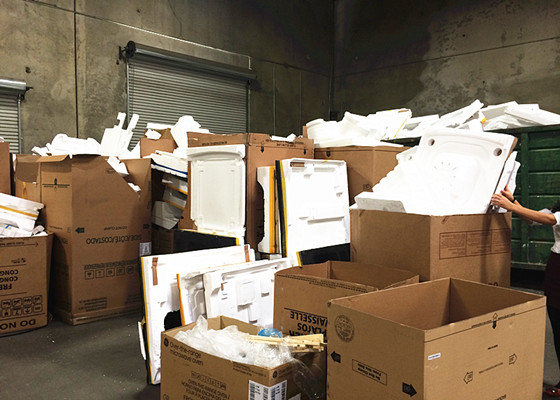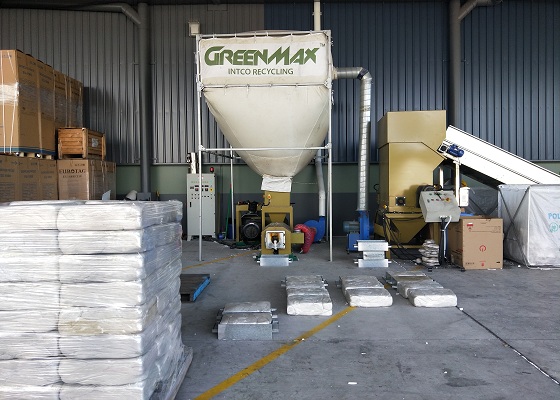California’s proposed legislation will commit to reduce plastic waste by 75% by 2030 and phase out most disposable packaging.

“One-time packaging is a reckless convenience to some extent,” said Geoff Shester, an environmental advocacy organization in Oceana, who lobbied the legislation. “But we can’t just put responsibility on the consumer to solve the problem. We have to involve the industry.”
The most unfortunate of the discarded disposable packaging is made of foam material, which is recyclable. In reducing disposable packaging, we are better off starting with the foam that currently has recycling methods.

Disposable foam packaging is very common in our lives, and may come from newly purchased furniture packaging, or it may be a courier package received once. Consumers can minimize the use of foam packaging or throw discarded foam packaging into roadside recycling bins, but the main focus of foam waste reduction depends on the major manufacturers.
The good news is that we can notice that some manufacturers have started the foam recycling project with recycling companies. California has a veteran INTCO Recycling company that has partnered with retailers, foam producers, and cutters.
The company will recommend suitable foam recycling machines to its partners, such as a foam densifier with an energy capacity of 200kg per hour. Professional recycling machines are capable of compressing expanded foam waste at a high rate, which can reduce many expenses in the storage and transportation of recycling.

One of INTCO’s most agreeable manufacturers is that INTCO is committed to acquiring recycled foam ingot, which allows partners to directly convert scrap into profit.

When a material can be recycled, it is obviously wrong to treat it as a waste. The way to reduce foam waste begins with a focus on foam recycling.